[ page 4 ]

Aero L-29 Delfin in 1/72 scale
... continued from page 3...
page 1
page 2
page 3
page 4
page 5

For the World Air Forces in Plastic model collection I wanted to make several more L-29 models of various air forces. Decals are often not available. So I opted to make many decals on my own.
I searched various illustrations and photo's and downloaded these. I also got L-29 photo's from modelling friends as seen in museums.
The needed markings were isolated in each photo and scaled to 1/72 scale. This can be done in any drawing program. First make some test prints on plain paper. Check sizes for which I printed a ruler of say 50 mm.
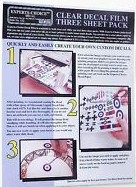
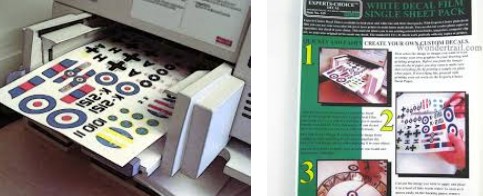
I printed the markings on white and clear decals sheet of BARE METAL decal paper, depending on the type of marking. Letters and numbers were printed on clear sheet, many emblems wit white undercoats on white sheet. (White can not be printed in a cartridge except with an ALPs printer).
I used my own EPSON XP-530 high resolution inkjet printer. First make some test prints on plain paper. Check sizes, double check! When sizes are OK, print on the special Bare Metal decal paper "for inkjet". (Note: of you have a laserprinter, they also have special paper for laserprinter).
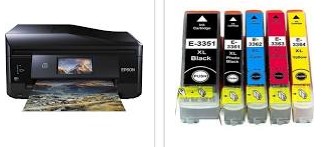
The prints on the decal papers need sealing before they can be applied as usual decals. After printing first let the ink dry for 2 hours. Then during some 4 hours TEN COATS of varnish were airbrushed with 20 minutes between each layer. I prefer this (and not using thicker films such as MicroScale decalcoat). In this case my preferred Johnson Future / Pledge was airbrushed in thin layers. Thin coats are really needed and the results are fine.
Here the large sheets are seen as prepared for various subjects.....

As the decal paper is one overall sheet, you need to cut out EACH decal separately. It takes work but can be done with a fine nail cutting scissor.

This took some time and I also looked for some other models I wanted to make (such as T-28 Trojan, more on those in a separate modelling report).
INDONESIA
The next AMK L-29 model was made in a scheme of Indonesia TNI-AU / AURI. Assembly of the AMK model was done as described on page 2...
For the scheme I had my own home made decals as described above.
My modelling friend Henk saw a real L-29 of the AURI in a very nice scheme in a museum in Yogyakarta Indonesia. But this one seems to be light grey (may be for conservation).
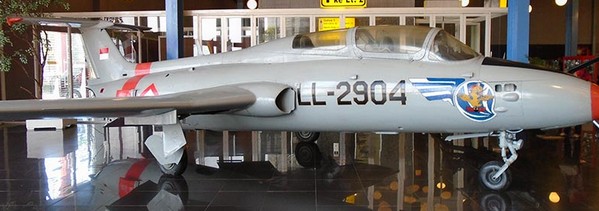
(Thank you Henk for sharing this photo!)
On the internet of the scheme variations are seen, including metal looking L-29 Delfins of the TNI-AU.
Similarly the paints used for this metal coloured L-29 were applied as described for the Iraqi AF model on page 3. But now with additional orange stripes to improve visibility in the air during training.
First the orange areas were roughly airbrushed using Revell Aqua 30 orange.
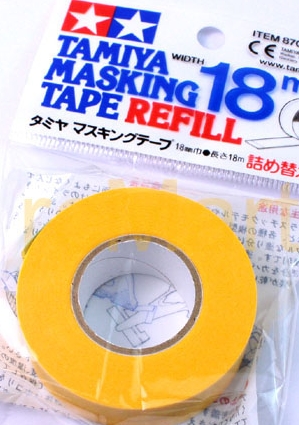
When dried, the were protected with masking tape. I also airbrushed a small decal sheet in case "repairs" are needed later on. Also on the separate air brakes.
The tips of wing, nose and stabilizer were painted red with a brush.

The Indonesia TNI-AU L-29 markings were as seen home printed but the National Markings were retrieved from an AZTEC MiG-21 set #72052.
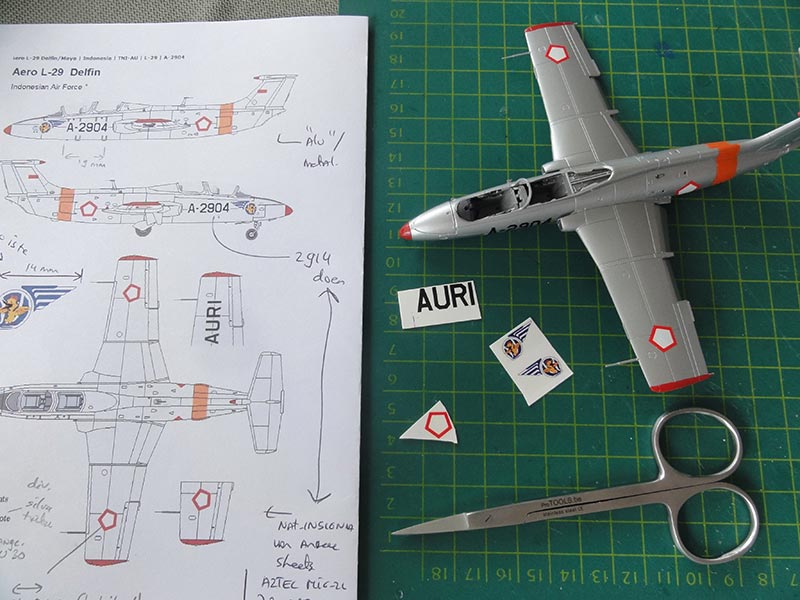
The result is fine.
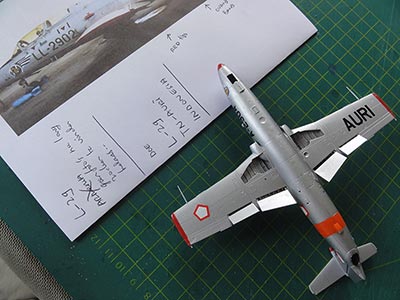
Completion of the model was done as described on page 3 for the Egypt L-29 model.
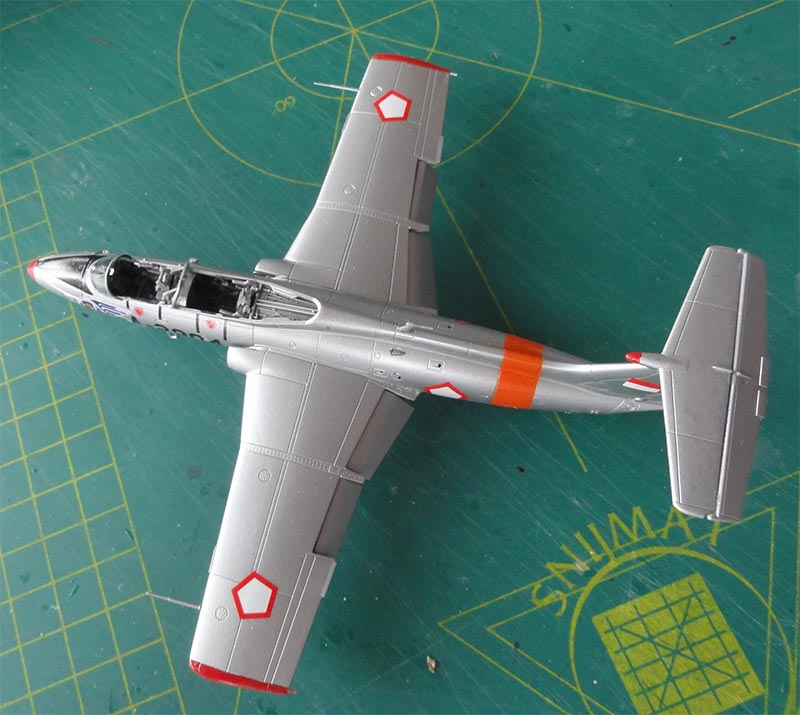
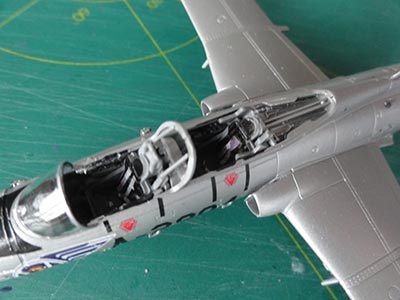
The air brakes were set open at quite a large angle as per kit.
Indonesia
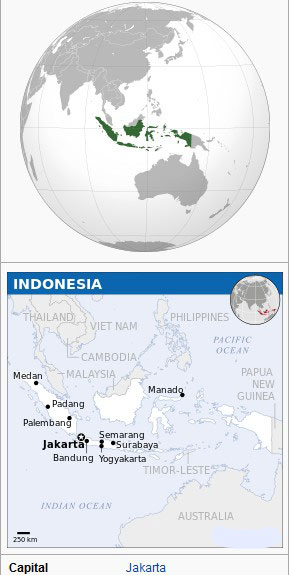

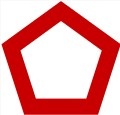
The Indonesian Air Force was first established in 1946 after the end of the Second World War when Indonesia fought a war to gain independence being a former Dutch kolony. Nationalists under leadership of Sukarno used a few Japanese abandoned aircraft during the first stages of the war end 1945 till 1947. The war was known by the Dutch as "politionele acties". Under United Nations and American pressure Indonesia gained independence in 1949 (except West Papua New Guinea that followed later). Many Dutch air force aircraft were peacefully transferred to the new Indonesian Air Force. The first jet aircraft purchased was the British De Havilland DH-115 Vampire. Relations with the Soviet Union were tightened and MiG aircraft were received including the supersonic MiG-21 F13 fighter. Logically for training MiG crews Aero L-29 Delfin were delivered in the 1960s. In 1965 Suharto did a putch and came into power with his generals, ending the tight Soviet relations. The air force got additional Western types like the F-86 Sabre, T-33 trainers and OV-10 Bronco's. The L-29 Delfins were used until the early 1980s. In later years a large variety of both Western like F-16 and Soviet Sukhoi aircraft were delivered.
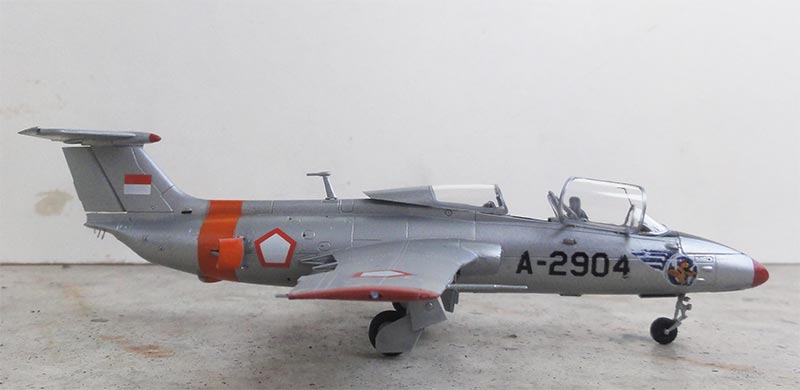
L-29 of TNI-AU Indonesia, coded "A-2904" also based at Yogyakarta Adisucipto in the 1960s
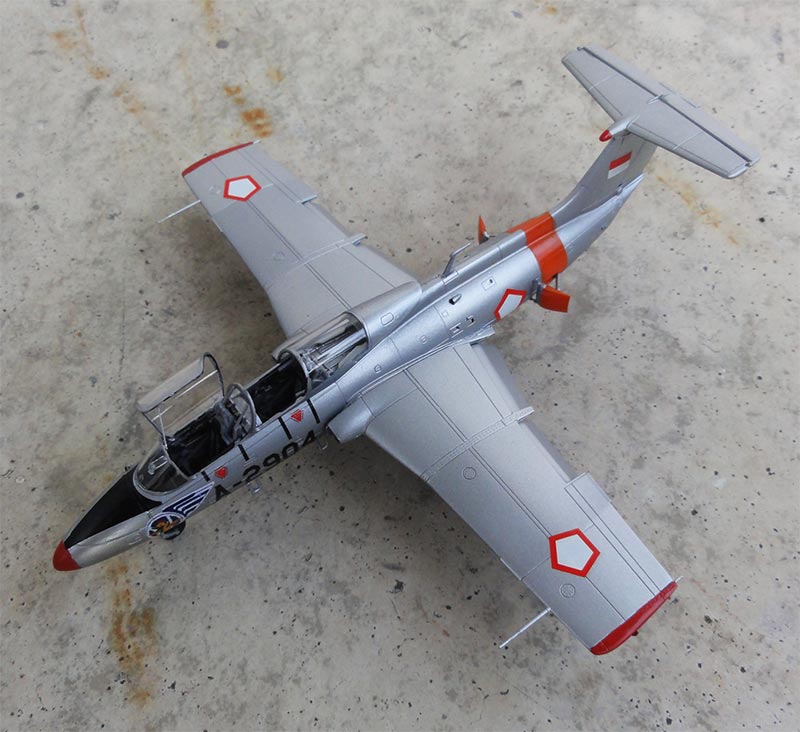

Another L-29 model was made in a metal scheme, now of the Air Force of Georgia (a former republic of the USSR).
The AMK L-29 model was made similar as described above in a scheme of aluminium and silver paints and now also red areas. These red areas were airbrushed first, than masked and followed by the several metal hues.
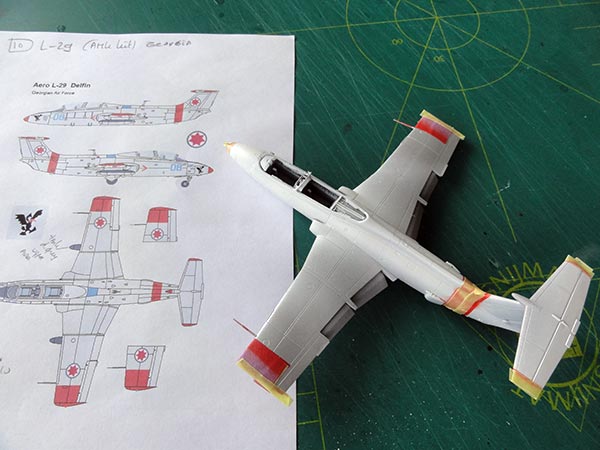
As described earlier, the decals were home made. After each decal being cut out, they were applied. The blue national roundel boundary circle was accentuated with a circular mould with a pen.
The nose codes were found in the spares box.
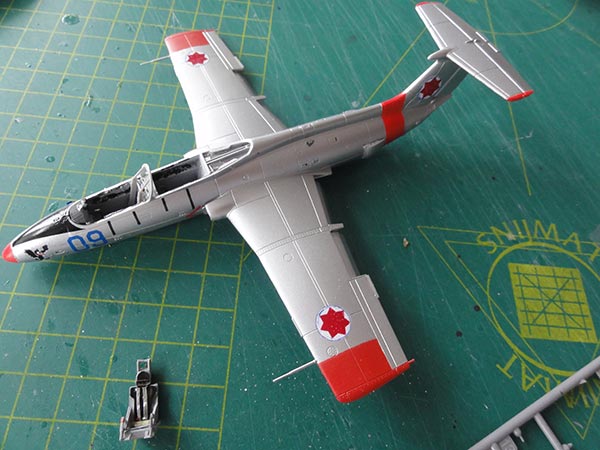
The model was finished as described earlier. Hatch was set closed and all canopies set open. Air brakes were set closed.
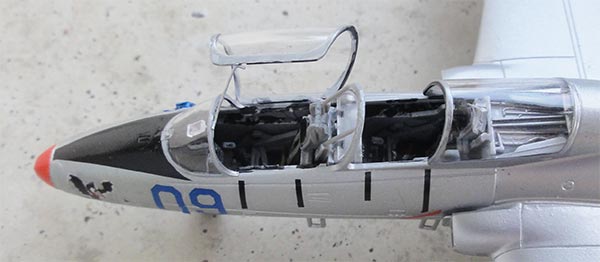
Georgia
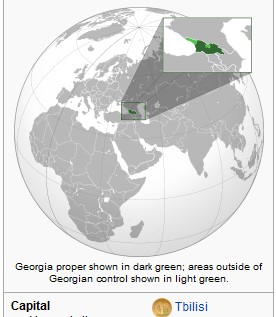
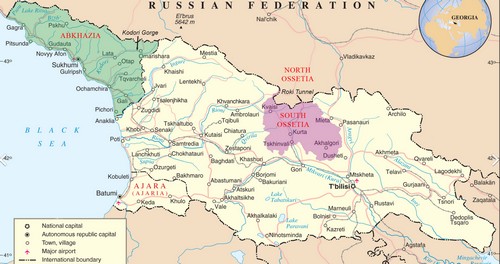


Georgia declared after the collapse of the USSR independence in 1991. Population is about 3,7 million inhabitants. The Georgian Air Force (Georgian: sak’art’velos sahaero dzalebi) of Georgia was established with the Air Defense Division in 1992. The Georgia air section of the army probably used four L-29 Delfins, also for ground attack. Several local regional wars were fought including a big conflict with Russia in 2008. In 2010 all was incorporated into the Georgian Land Forces. Current aircraft are Sukhoi SU-25 Frogfoots, various helicopters from Mil, some Antonov transports and also L-39 Albatros trainers.
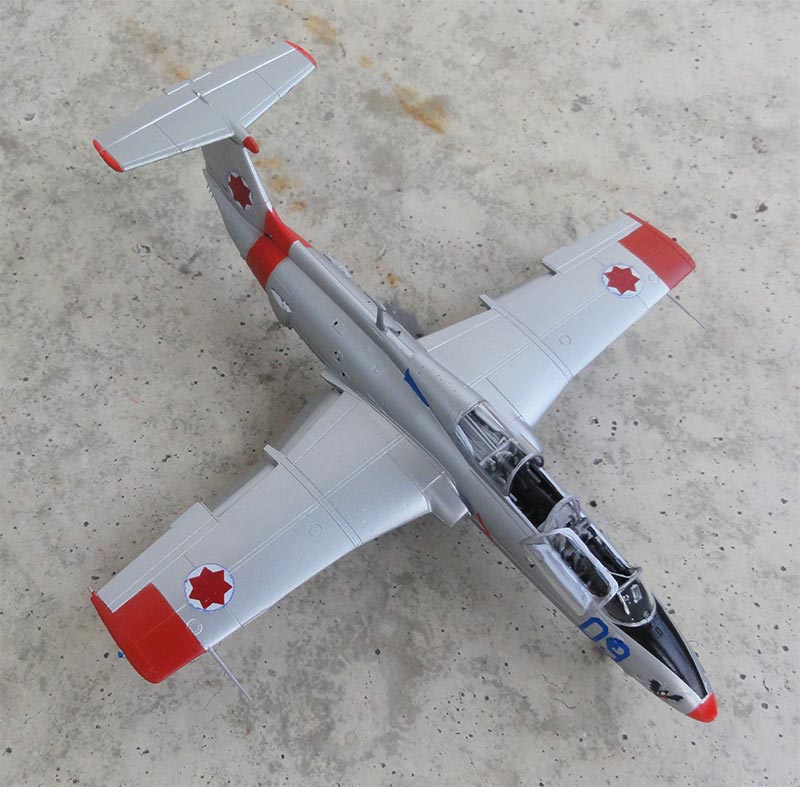
L-29 Georgia Air Force "BLUE 09"
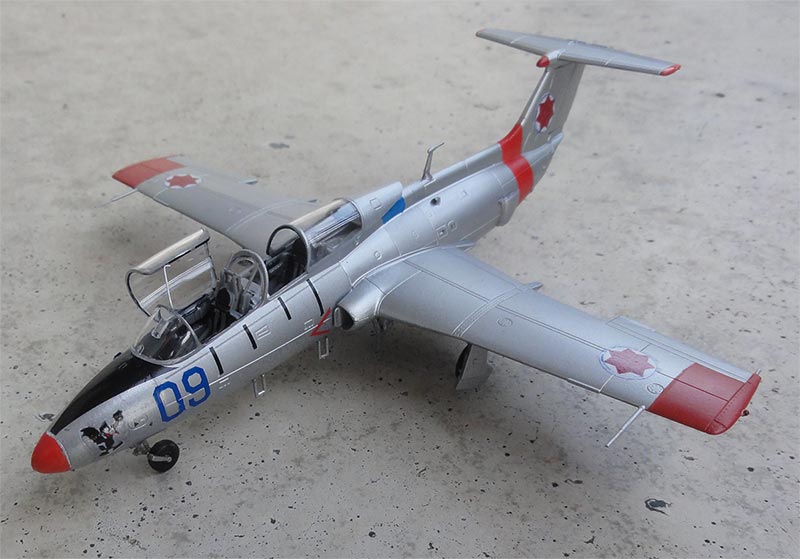
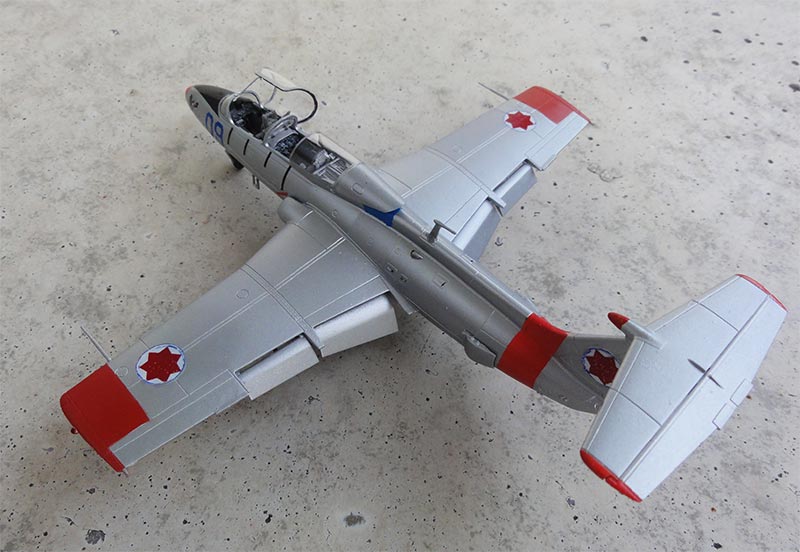
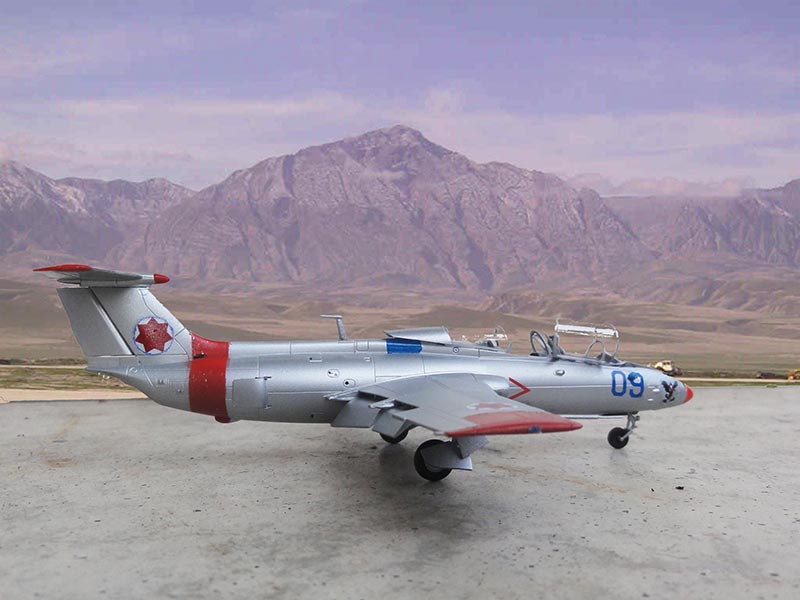

Another AMK kit was made in a similar fashion as described previously, now for a GHANA AIR FORCE L-29.
This L-29 model got a scheme of aluminium and silver paints as well in several schades for the different panels. (in parallel with the Georgia L-29 seen above).
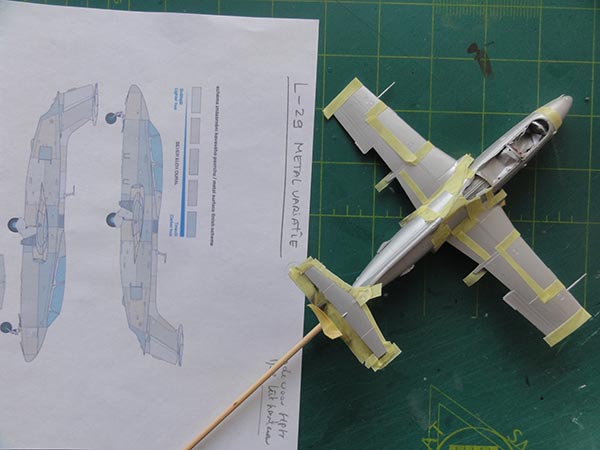
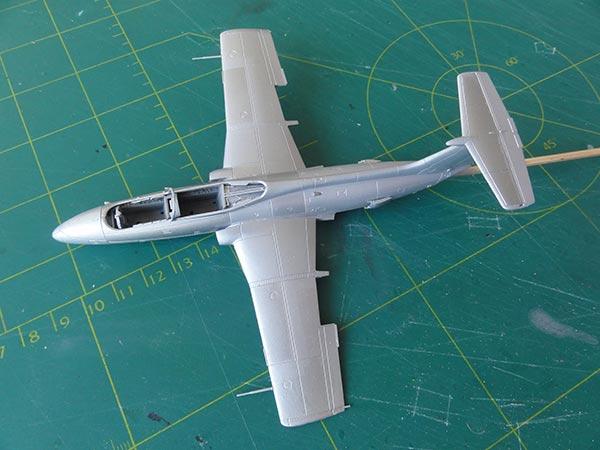

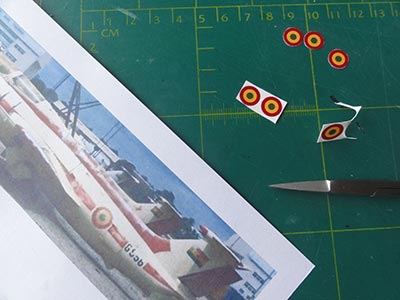
The Ghana roundels were home printed as described above. The roundel diameter was estimated to be about 8,3 mm on 1/72 scale.
The red areas were hand painted and it was also decided to add the red "cheat lines" as seen in some GHANA L-29 aircraft. Red stripe decals were used from XTRADECAL.
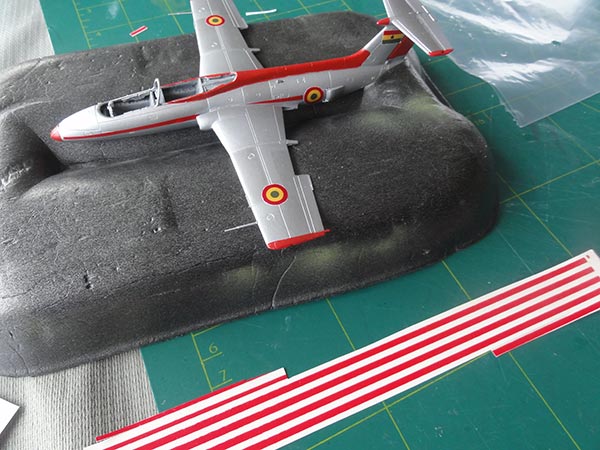
The smaller decals came from the kit.
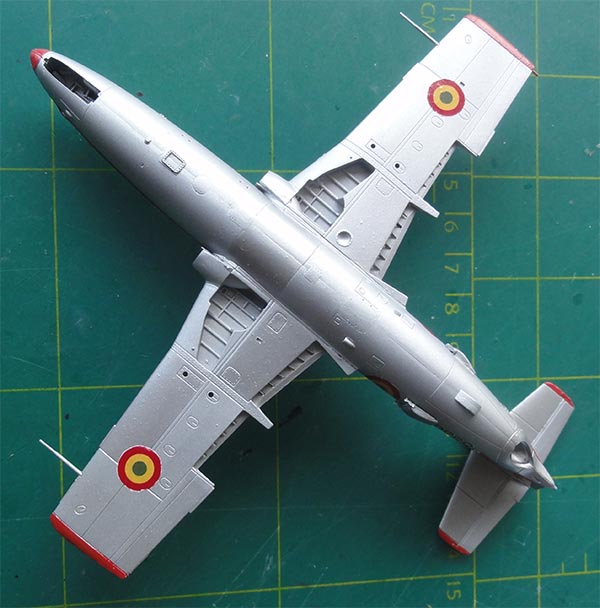
The finishing of the model gave no problems and was done as described on earlier made AMK kits. Cockpit detailing was done and the mid blast shield was added with some support rods as seen on the real L-29.
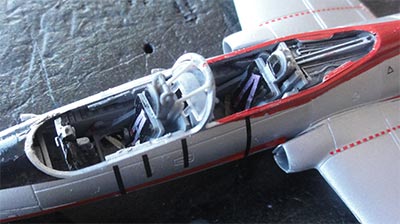
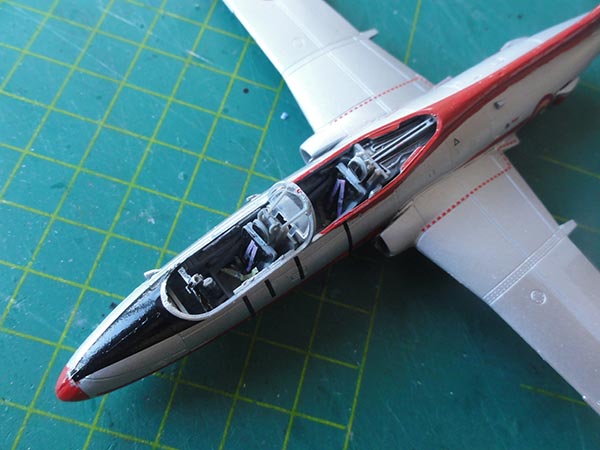

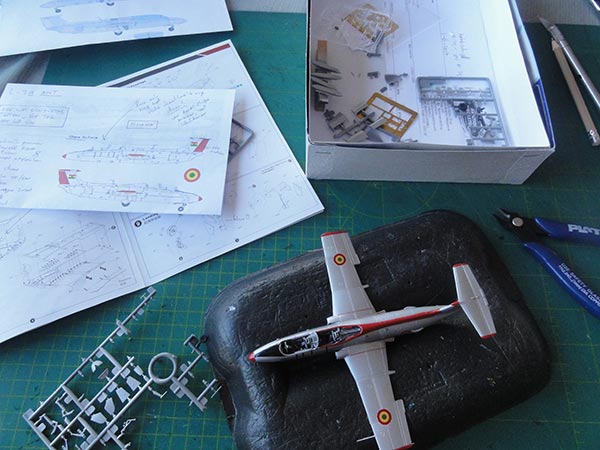
The gears were also set in place and the trailing edge wing flaps set a bit drooped as per kit. This is a very nice feature of this AMK kit. A pair of fuel tanks were also set in place under the wing.
The canopies were set open to show the very nice cockpit area.

GHANA

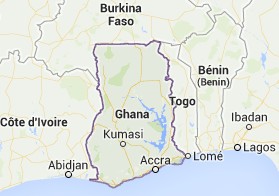

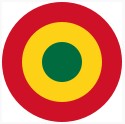
Ghana became independent in 1956. The Ghana Air Force (GHF) was established mid 1959 with instructors form Israel and it appears that even Hanna Reitsch (Hitler's personal pilot) started the gliding school in 1962 in Ghana. In the beginning, mainly British aircraft were used like Chipmunks, Beavers and Otters as well as some transports like Skyvans, Caribou and Hawker Siddeley 125. Probably L-29 Delfins were delivered from 1989. Later 2 Aero L-39 Albatros jets were also operated. The main GHF base is at Accra, close to Kotoka international airport and also at Takoradi and Tamala.
This L-29 coded "G956" was probably based at Takoradi on the coast.
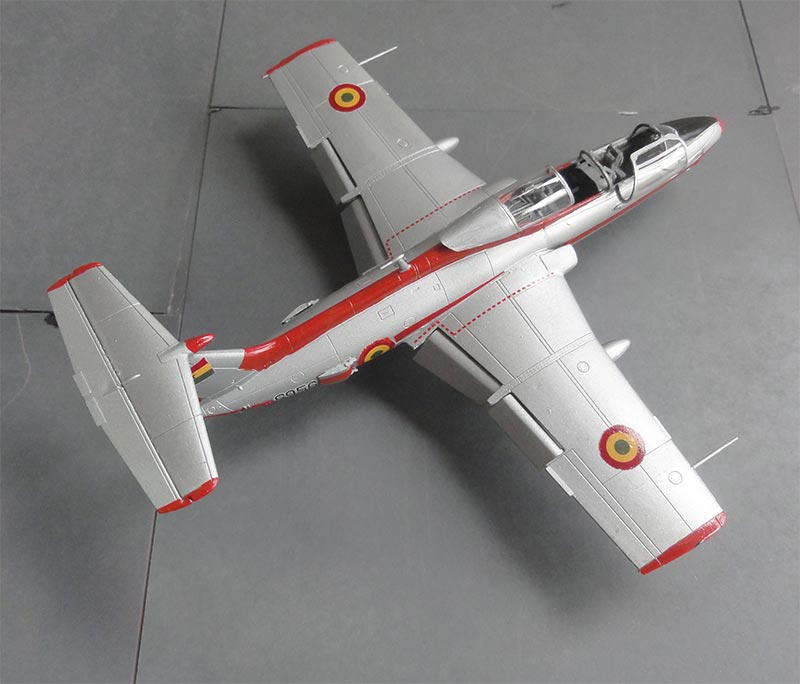
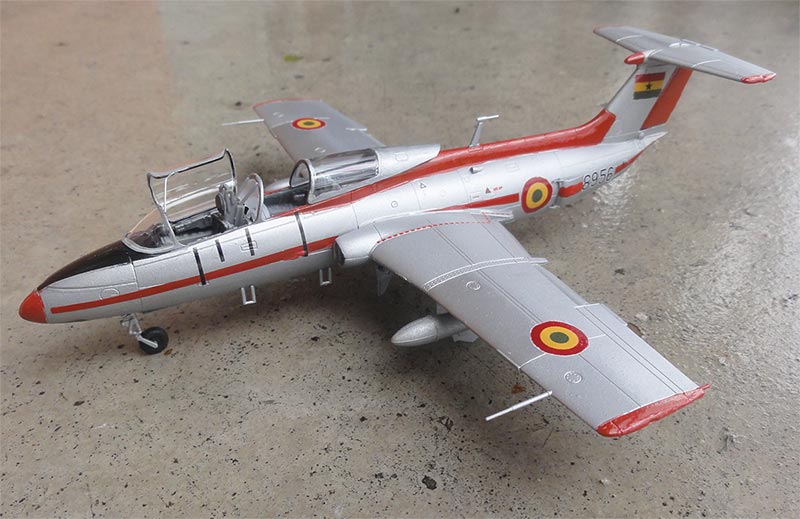
at a wet tarmac after a tropical rain shower...
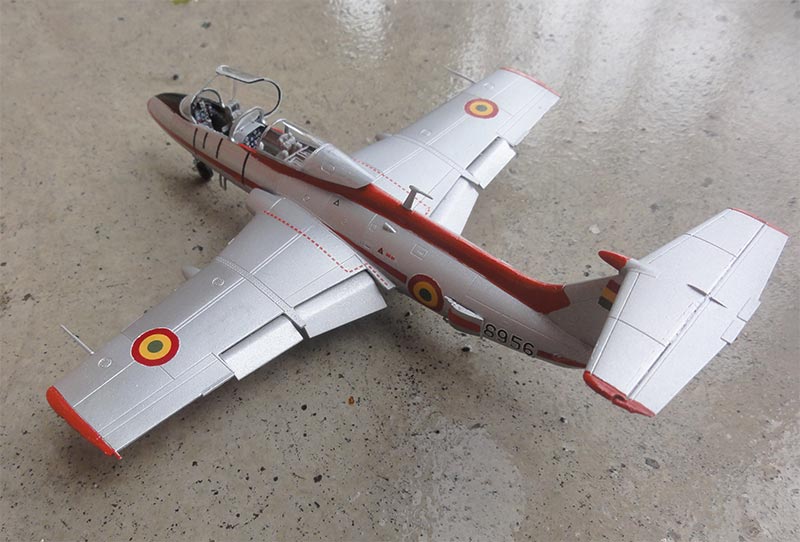
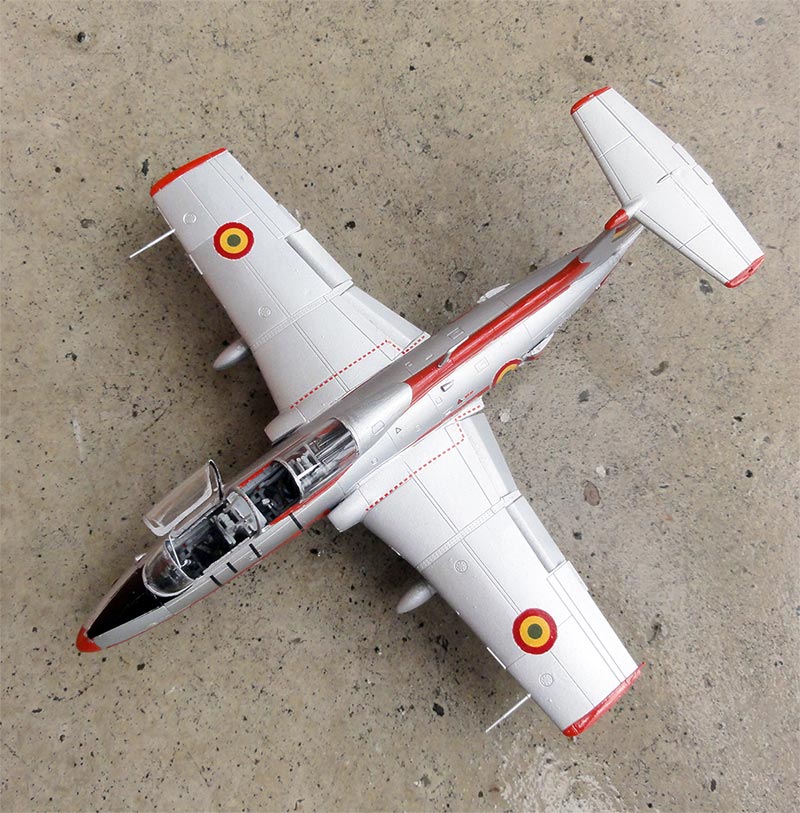
set in a scenery at "Takoradi"...
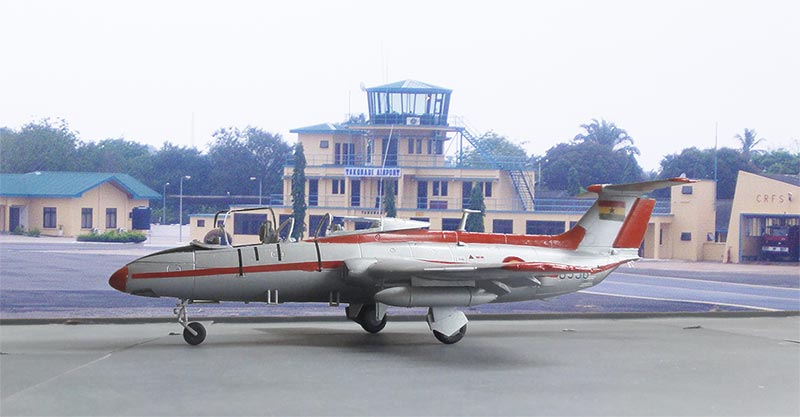
Here a 2021 Google Earth view of the base at Takoradi at the south-west coast, with the L-29 aircraft in the grass that seem to out of service....
On to next [ Page 5.... ]

(c) Copyright Meindert "designer"/ All rights reserved. Your comments are welcomed by webmaster
this page created
October 9, 2017;
updated, 2021